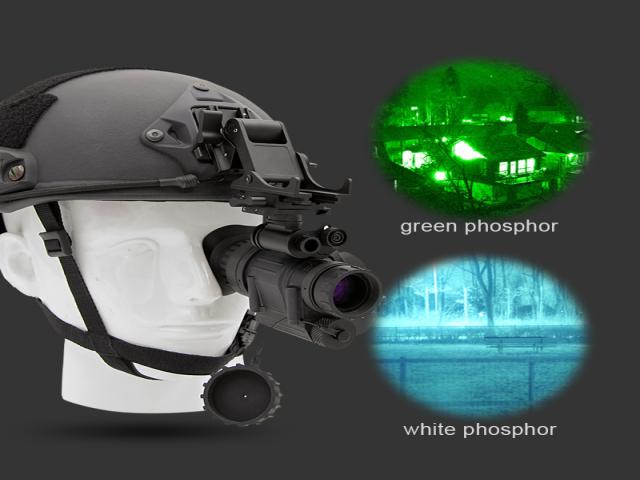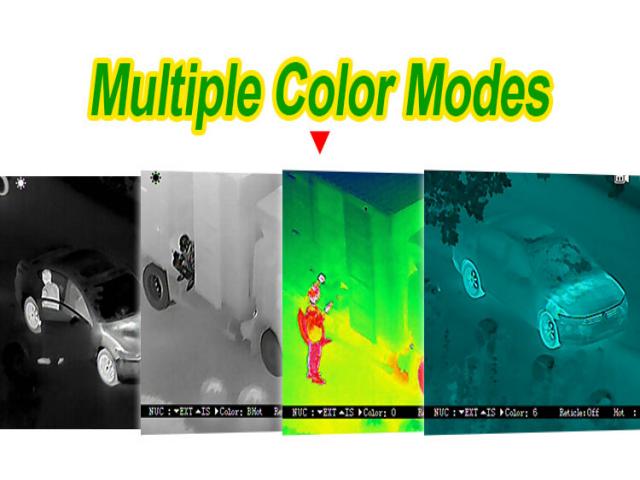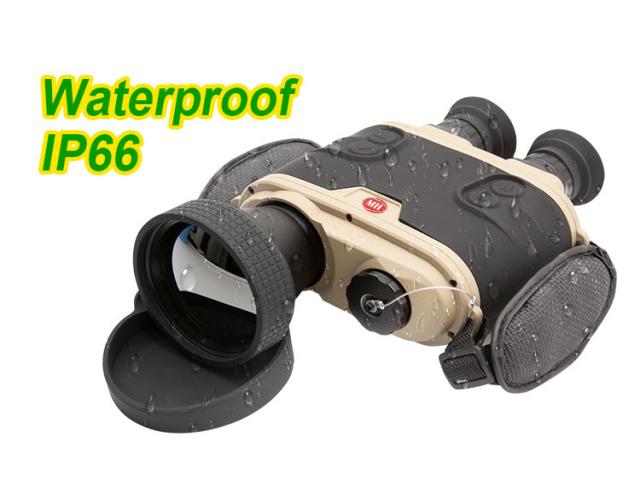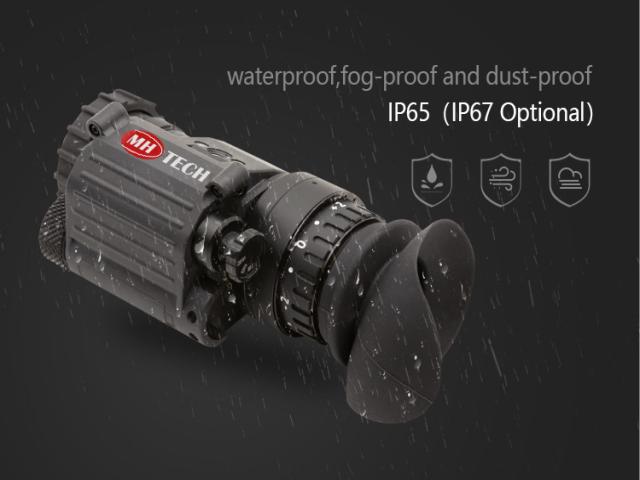
Engineer Manager Name: Jacky
WhatsApp/ Wechat: 0086-187 9245 6795
Email: mh_elec@126.com or jacky@mh-elec.com
In the world of imaging technology, both thermal imaging and night vision serve crucial roles in enhancing visibility and providing valuable insights in low-light conditions. However, the question remains: which technology holds the edge? Let's delve into the capabilities of thermal imaging and night vision to understand their respective strengths.

Thermal Imaging: Seeing Heat
Thermal imaging operates by detecting infrared radiation emitted by objects based on their temperature. This technology allows users to visualize heat signatures, making it highly effective for detecting living organisms, machinery, and other heat-emitting sources even in complete darkness or adverse weather conditions. Unlike night vision, thermal imaging doesn't rely on ambient light, offering consistent performance day and night.

Advantages of Thermal Imaging:
- Detection of heat signatures, not reliant on ambient light.
- Effective in all lighting conditions, including complete darkness and adverse weather.
- Offers superior detection capabilities, especially for living organisms like humans and animals.
- Minimal risk of blinding effects from bright light sources.

Night Vision: Amplifying Available Light
Night vision technology amplifies existing light to enhance visibility in low-light environments. It works by capturing and amplifying ambient light, such as moonlight or starlight, to produce a visible image. Night vision is excellent for navigation and recognition of objects at night but may struggle in environments with no ambient light. Our factory definitely can provide PVS31 night vision binoculars, PVS14 night vision monocular, PVS7 night vision goggles and so on.

Advantages of Night Vision:
- Enhances visibility in low-light conditions by amplifying ambient light.
- Well-suited for navigation and object recognition at night.
- Provides clearer details of the surrounding environment.

Choosing between thermal imaging and night vision depends on specific use cases and environmental conditions. While night vision excels in amplifying existing light for improved visibility, thermal imaging offers unparalleled detection capabilities based on heat signatures, unaffected by lighting conditions.
For applications requiring detection of living organisms, such as surveillance, search and rescue, or wildlife observation, thermal imaging emerges as the preferred choice. On the other hand, night vision remains indispensable for activities like nighttime driving, navigation, and general visibility in low-light scenarios.
Conclusion

In conclusion, both thermal imaging and night vision are indispensable technologies, each with its unique strengths and applications. The choice between thermal and night vision ultimately hinges on the specific requirements and conditions of the task at hand. Whether it's detecting heat signatures in complete darkness or navigating with enhanced visibility at night, both technologies contribute significantly to improving safety and efficiency across various industries.
For more information on thermal imaging and night vision solutions tailored to your needs, contact MH Tech today.
Engineer Manager Name: Jacky
WhatsApp/ Wechat: 0086-187 9245 6795
Email: mh_elec@126.com or jacky@mh-elec.com
